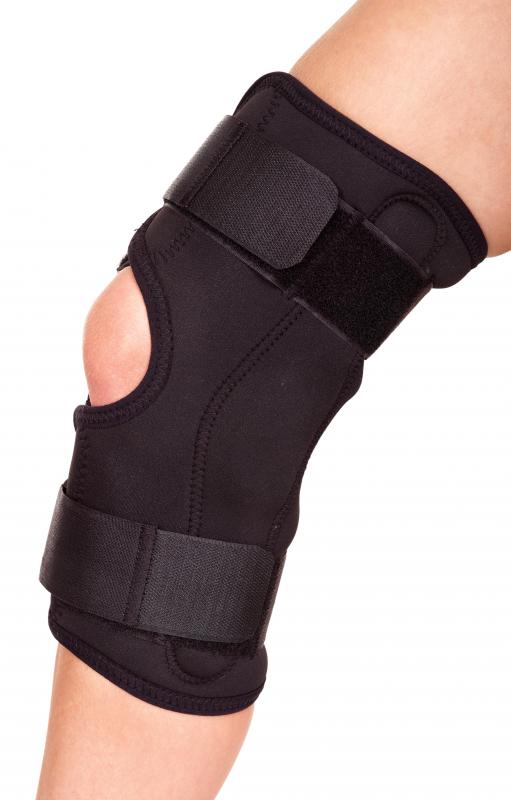At WiseGEEK, we're committed to delivering accurate, trustworthy information. Our expert-authored content is rigorously fact-checked and sourced from credible authorities. Discover how we uphold the highest standards in providing you with reliable knowledge.
How do I Treat Morton's Toe?
Morton's toe is a condition in which one's second toe is longer or pushed more forward than the first toe; this is problematic because the weight normally supported by the larger first toe is consequently transferred to the much smaller second toe, often leading to pain and altered walking gait. There is no cure for Morton's toe, though certain preventative steps can be taken to relieve or avoid pain that results from the condition. The second toe, which is pushed forward by an abnormally long second metatarsal bone, must be supported adequately, and the rest of the foot must be equally supported to avoid an altered walking gait as a result of Morton's toe.
Ankle instability and leg rotation are the two most common results of Morton's toe, and each can be problematic in the long run if the condition is not addressed. Ankle instability can lead to ankle injury, increased likelihood of falls, and balance problems. Leg rotation can lead to pain in many parts of the body, including the legs, hips, and lower back. It can also lead to posture problems that may result in back pain and other troublesome conditions. Morton's toe can cause one leg to be shorter or longer than the other, which can in turn cause the hips and pelvis to become imbalanced. Many muscular and skeletal issues can arise from this imbalance.

To treat Morton's toe, you may need to consider specially designed shoes or other orthotic devices designed to help support the foot and thereby correct any issues that arise as a result of Morton's toe. Special shoe in-sole inserts can help support the arch of the foot and correct the overall positioning of the foot within the shoe to ensure the ankle is properly supported and able to function normally. Other orthotics may be designed to support other parts of the body affected by the condition.

Knee braces, ankle braces, and hip wraps or braces are other orthotics that can help alleviate pain associated with the condition. Muscles, tendons, ligaments, and cartilage can all experience undue strain as a result of the condition of the feet, and these braces help support the tissues that are involved in proper joint function. While painkillers can be used to help relieve some of the pain, this is considered a temporary solution and should not be the primary treatment.
AS FEATURED ON:
AS FEATURED ON:

















Discuss this Article
Post your comments